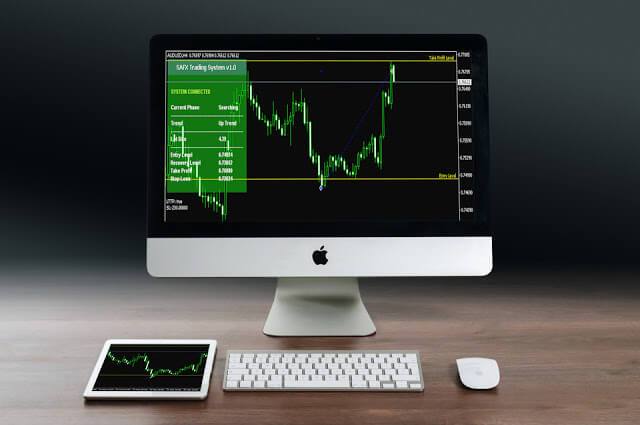A key component of the cryptocurrency ecosystem is bitcoin mining. It is the procedure used to create new bitcoins, verify transactions, and add them to the blockchain.
What Is Bitcoin Mining?
Bitcoin is a peer-to-peer digital money that is decentralized and frequently referred to as “digital gold.” Bitcoin uses blockchain technology, as opposed to conventional currencies issued by governments, to store transaction data. A distributed ledger called the blockchain guarantees immutability, security, and transparency.
The backbone of the network, bitcoin mining serves two purposes. It authenticates and checks transactions to make sure they are true and have not been double spent. As compensation for their work, miners also add additional bitcoins to the market. This competitive and computationally demanding procedure involves resolving challenging mathematical puzzles.
Blockchain Technology and Blocks
-
Ledger Using Blockchain
It’s common to compare the blockchain to a public ledger that keeps track of all Bitcoin transactions. Anyone may view and check the transactions kept on the blockchain because it is a decentralized and open system. One of the main characteristics that makes Bitcoin reliable and safe is this transparency.
-
Block’s Composition
On the blockchain, each block has a number of important components. Along with a list of transactions, a timestamp, a link to the previous block (creating a chain), and a unique number called a nonce, these components make a block. In order to solve the cryptographic conundrum needed to add a block to the blockchain, miners modify a value known as the nonce.
How Bitcoin Mining Works
-
Mining Hardware
Bitcoin mining or cryptocurrency mining requires specialized hardware, known as ASIC (Application-Specific Integrated Circuit) miners. These machines are far more effective than general-purpose computers because they were created expressly for the task of mining. These tools are used by miners to carry out the challenging mathematical operations required to safeguard the network.
-
Mining swarms
Individual miners are still permitted to participate, although many opt to join mining pools. Mining pools are collections of miners who pool their computing power to improve the likelihood that they will successfully mine a block. The rewards are divided among pool members according to their contributions when a pool successfully mines a block. Compared to solo mining, this strategy offers a more consistent stream of money.
-
Mining Methods
Miners participate in the mining process by attempting to crack a cryptographic conundrum. This problem is based on the data in the block and must fulfill certain requirements in order to be deemed solved. The nonce value is increased by miners as they repeatedly hash the block’s data in search of a solution. The right to add the following block to the blockchain belongs to the first valid solution found by a miner, who is also rewarded with transaction fees and freshly minted bitcoins.
The Role of Miners
-
Transaction Validation
Transaction validation and verification depend heavily on miners. They verify that transactions comply with the network’s regulations, including making sure the sender has enough money and that there aren’t any instances of double spending. The security and integrity of the Bitcoin network are ensured by this validation procedure.
-
Accord Mechanism
To participate in the PoW network, miners must spend computational resources like electricity and computing power. The security of Bitcoin is based on this computing effort since it makes it difficult for one person to control the network or carry out nefarious actions.
Bitcoin Rewards and Halving
-
Block Rewards
Through rewards, miners are encouraged to protect the network and carry out transactions. Newly minted bitcoins and transaction fees make up these prizes. The block reward for Bitcoin was initially fixed at 50 bitcoins. The “Bitcoin halving” event, which occurs every four years, sees this incentive cut in half. The block reward was last halved in May 2020, and it is currently 6.25 bitcoins.
-
Halving of Bitcoin
The network protocol includes bitcoin halving events to regulate the rate at which new bitcoins are created. The reward miners earn for each block they mine is decreased by half. The overall quantity of bitcoins is reduced by this event, making them more rare over time, which has an impact on the currency’s long-term value and inflation.
Conclusion
The security and efficiency of the Bitcoin network are fundamentally supported by the cryptocurrency mining process. The integrity of the blockchain and the introduction of new bitcoins into circulation are both crucially dependent on miners. Bitcoin mining has come under fire for the amount of energy it uses and the impact it has on the environment, but it still develops. The need for more sustainable and energy-efficient mining solutions grows as the bitcoin market changes. Anyone interested in the realm of cryptocurrency news has to understand the complexities of Bitcoin mining because it is fundamental to the decentralized character and security of the cryptocurrency.












Comments